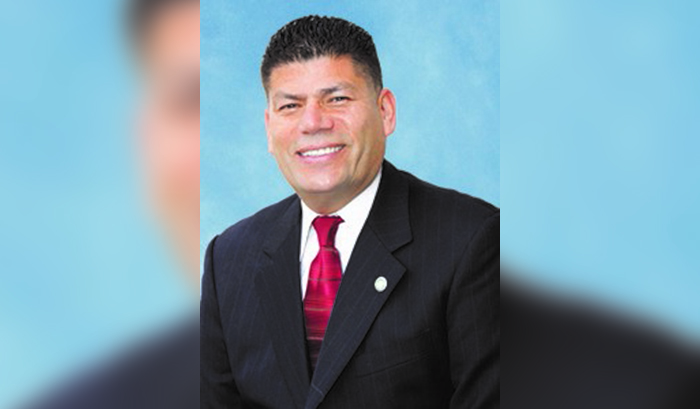On an undetermined date in the coming months, Culver City will be divided, for the sake of uniformity, into 12 parking districts with a sign-glutted maze of restricted hours and days.
Based on last evening’s testimony by 24 aroused residents from an overflow Council Chambers audience, and judging by questions from Council members themselves, more wrinkles remain to be uncurled than can be found in the wizened face of a 101-year-old man.
On a related subject, one of the most popular ideas advanced – by Tom Foley of Higuera Street – was the suggestion weekly street sweeping hours be sliced from four hours to two. The reason: Common sense. Not only is the disruption an unpleasant intrusion for both sides of the street, complained a watchful resident, “everybody knows that street-sweeping usually happens during the same two-hour period every week.”
Generally, the richly outlined Garcia Plan was well received, perhaps most laudably and succinctly by former City Councilman Alan Corlin.
In a rare, wry appearance before his long-ago colleagues, Mr. Corlin declared the outline “fair, equitable, explainable, enforceable.”
Eight speakers later, David Hauptman, another ex-Councilman, stepped to the microphone. He, too, made an equally abbreviated cameo. It seldom has happened, he said, but he concurred with Mr. Corlin’s views.
Although it was not established why uniformity was a desirable objective, literal uniformity is destined to be unlikely.
Every Jot and Tittle
Gabe Garcia, the city’s popular longtime traffic engineer, consumed 26 minutes in delivering a densely detailed overview of City Hall’s intentions. He said streets presently with parking restrictions will be allowed to keep the same rules.
For hours into the late evening, the Council, audience and Mr. Garcia engaged in a round robin exchange of ideas with the intention of giving direction to traffic planners who will return in later autumn with a tightly defined plan.
It was not clear how helpful the crowd’s notions were. Most residents intensely concentrated on issues unique to their streets. Couldn’t this hobble uniformity plans if the gripes or ideas are to be satisfied?
One of the earliest and most enduring criticisms of the Council-praised strategy was the stairstep pricing for the annual cost of parking permits per household.
The Price Is Wrong?
With a four-permit maximum, the first two would cost $444 apiece, with Nos. 3 and 4 at $222 each.
At the suggestion of Vice Mayor Meghan Sahli Wells, the Council agreed to lower the price to $100 for No. 3 and $150 for No. 4 in a concession to multi-generational households.






